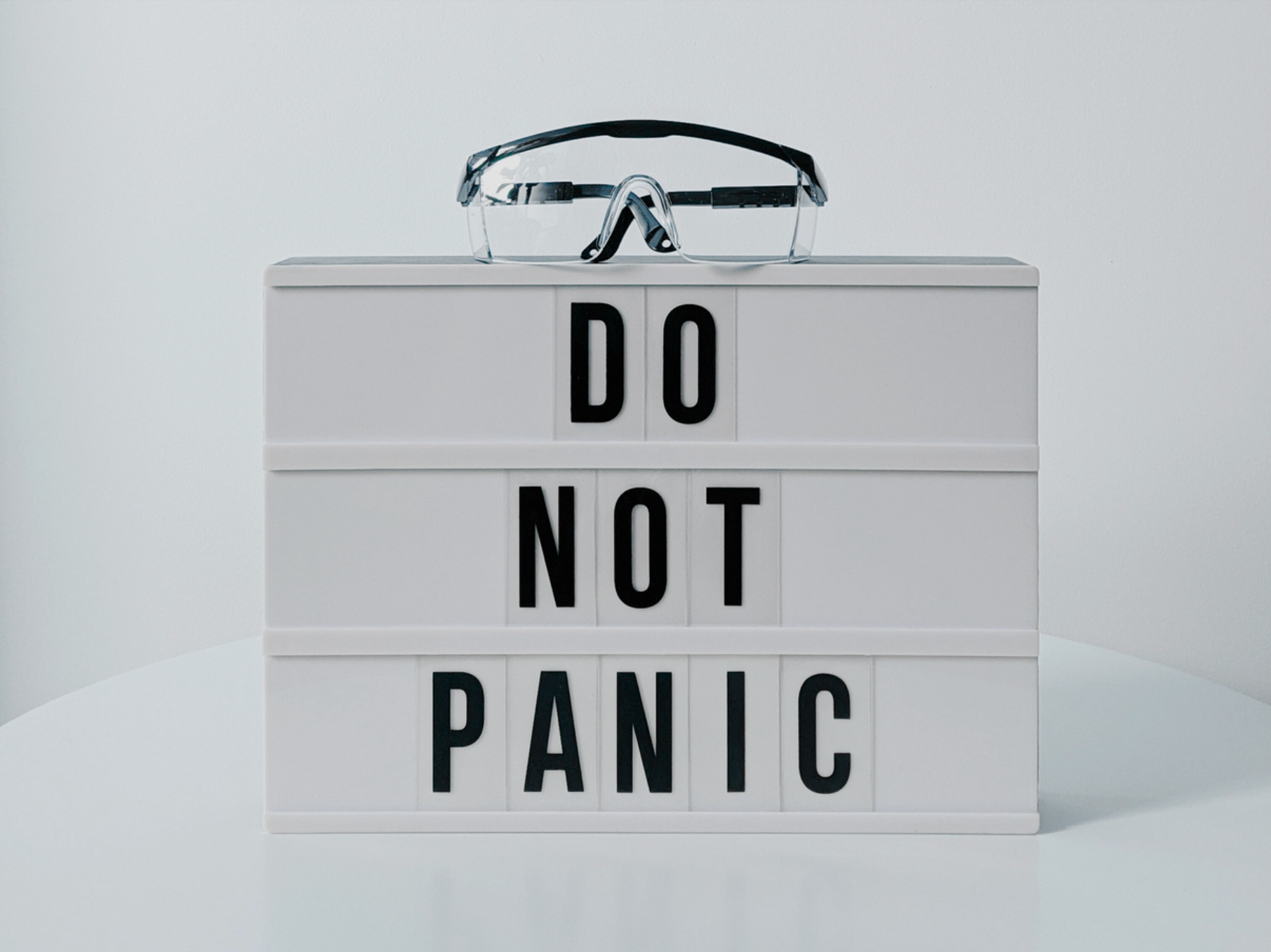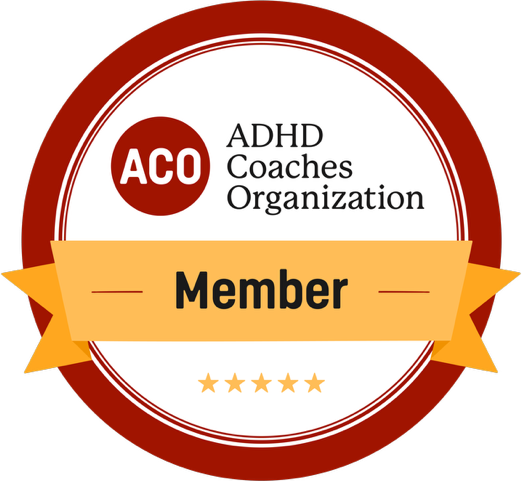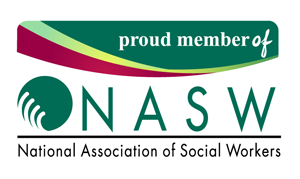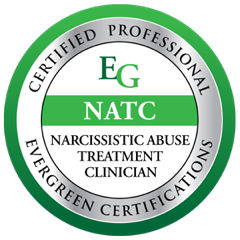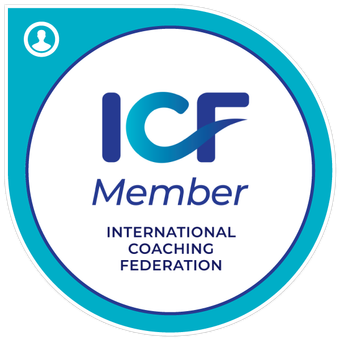Bridging the Gap: ADHD and Self-Continuity
For many people with ADHD, the future can feel abstract, almost like it belongs to someone else. We refer to this ability to connect present and future self as self-continuity. Having difficulty connecting with your future self can make long term planning and initiating tasks incredibly challenging. Without an immediate sense of consequence or connection to time, it’s easy to put things off until urgency forces action. This isn’t laziness or a character flaw—it’s a neurological reality that makes self-continuity a challenge.
Why This Happens
The ADHD brain struggles with time perception, particularly when it comes to future rewards and consequences. This often leads to:
- Procrastination until urgency kicks in – The future feels distant…until it becomes the present.
- Difficulty making decisions – Without a strong sense of the future self, it’s hard to prioritize long-term benefits over immediate comfort.
- Struggles with follow-through – When a goal feels disconnected from the present moment, motivation can wane quickly.
The Role of Values in Bridging the Gap
One way to strengthen self-continuity is to connect present actions to your values. With time, this can help you be more aligned with your values and improve self worth. Instead of relying on abstract future rewards, ground your decision-making in personal meaning, which can help create motivation in the present. For example:
- Instead of “I should start this project because it’s due in three weeks,” try
“Finishing this project aligns with my value of creativity and personal growth.” or “When I wait, it’s makes it really stressful and I start judging myself.”
- Instead of “I need to exercise to be healthy in the future,” try “Moving my body today connects me to my value of self-care.” or “My mood is always better after I’ve worked out.”
Making the Future Feel Real
Understanding that self-continuity doesn’t come naturally is an important and actionable piece of self-awareness. Knowing means you can start to experiment with strategies, learning over time what works and what doesn’t. To strengthen the connection with your future self, try:
- Visualization exercises – Imagine your future self and what they would thank you for doing today.
- Writing letters to your future self – Reflect on what actions today will make future-you proud.
- Time-travel journaling – Describe a goal as if you’ve already achieved it and reflect on how you got there.
- Concrete reminders of future goals – A vision board, a written statement of values, or scheduled check-ins can help maintain focus.
Questions to Connect With
By focusing on self-continuity and values rather than just task management strategies, you can find a more sustainable and meaningful way to take action!
- How would my actions change if I trusted that my future self would benefit from them?
- What is one small action I can take today that aligns with my long-term goals?
- What systems or reminders could help me feel more connected to my future self?







